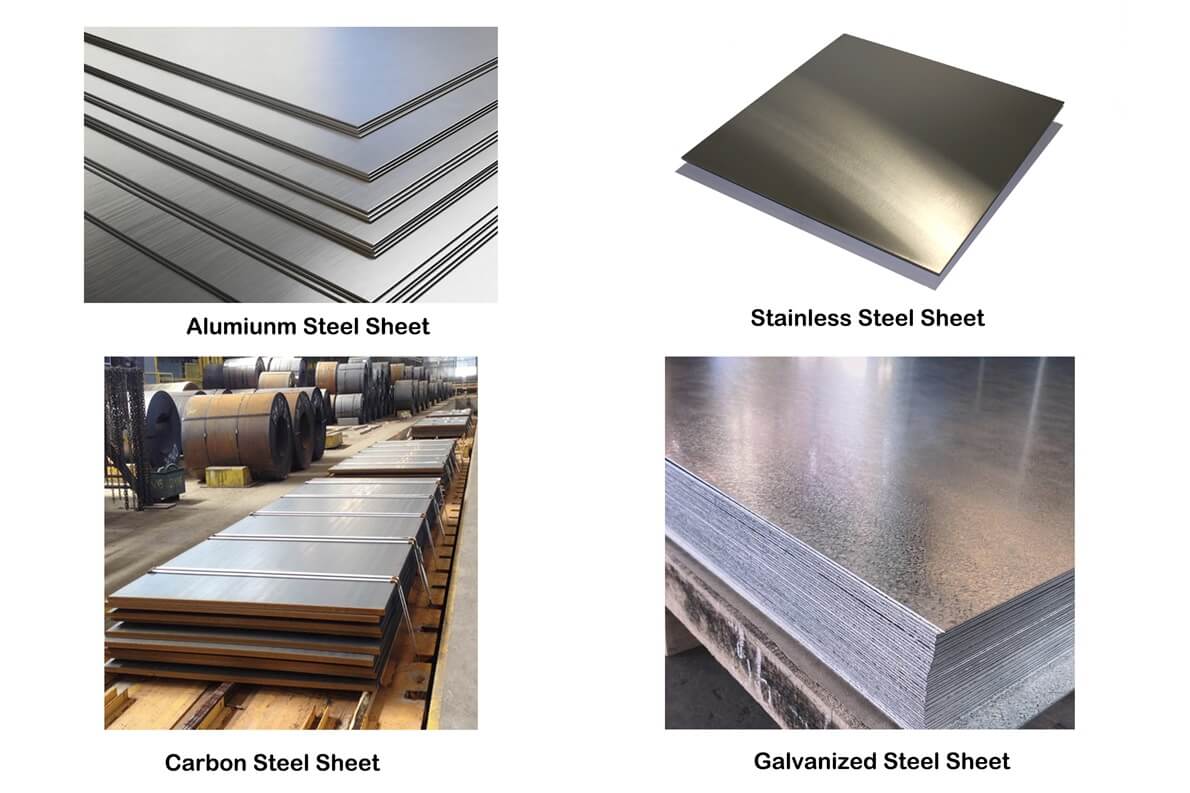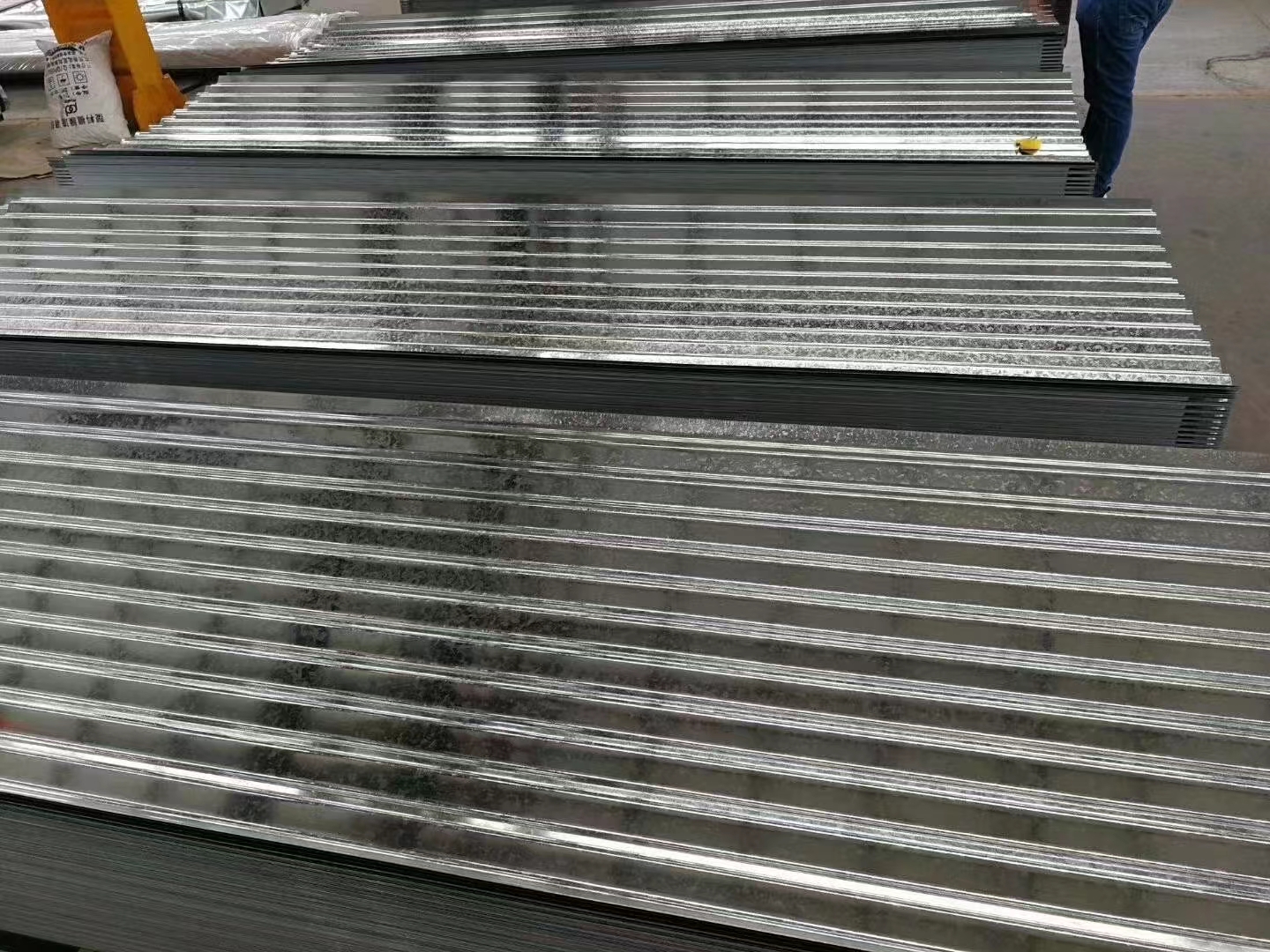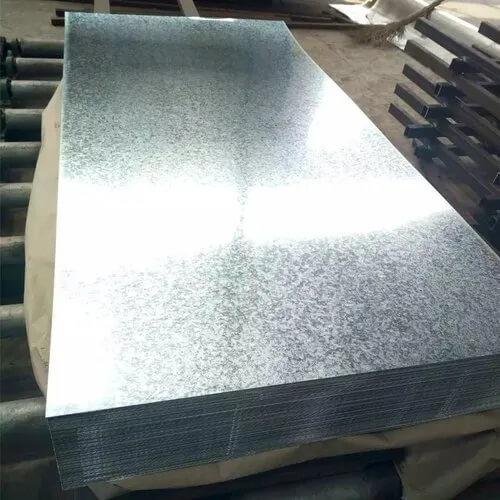Steel prices are a key factor affecting the performance and profitability of the steel industry. Steel prices are subject to supply relationships, product costs, trade policies, environmental conditions and product varieties. Recently, some noteworthy fluctuations and trends have emerged in the global steel market.
According to a report by Steel Market Update (SMU) 1, the US steel market may see some price declines before Memorial Day, as balance sheets are expected to emerge in the coming weeks. The report said that the SMU steel market sentiment index fell by 10 points in April, indicating a slight decline in the market. The report also predicted that US steel production will grow by 6.5% in 2023, reaching 87 million tons.
Another report by Market Watch 2 predicted that the global plastic mold steel market will grow at a compound annual growth rate of 4.7% from 2023 to 2030, reaching $1.6 billion by 2030. The report attributed this growth to the increasing demand for plastic mold steel in various applications such as automotive, consumer electronics, medical devices and industrial machinery. The report also listed some of the major players in the plastic mold steel market, such as Nippon Steel, Datong Steel, Hitachi Metals and Buderus Edelstahl.
Meanwhile, a column by Reuters 3 questioned the strength of China’s economic recovery, as iron ore and steel prices have fallen in recent weeks. This reflects weak demand from China’s construction and manufacturing sectors, which account for about half of the country’s steel consumption. The column also said that China’s efforts to reduce carbon emissions and curb air pollution may have an impact on other steel producers.
These news articles show that the global steel market faces some challenges and opportunities in 2023. Steel producers and consumers should closely monitor market changes and adjust their strategies accordingly.










